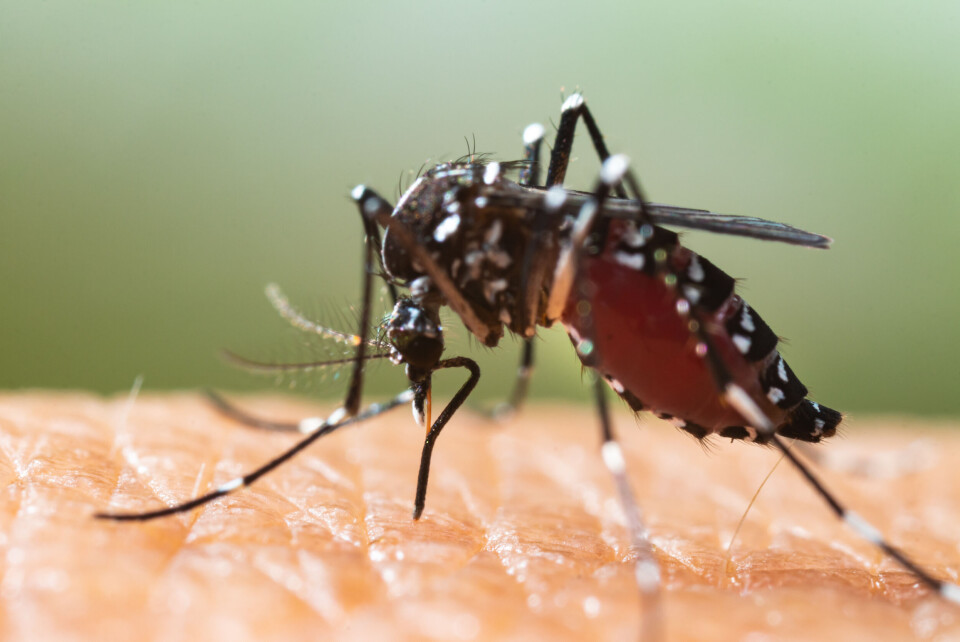-
French ski resorts report excellent Christmas despite less snow than last year
Bookings are up and non-snow related activities are also on the rise
-
American celebrity jeweller robbed of ‘more than €1m’ at French Riviera Airbnb
Jewellery and cash stolen from rental property where Chris Aire was staying
-
New 2026 civic tests in France: 50 example questions in French
Candidates must score 80% on tests to pass
Drones can control spread of tiger mosquitoes, French study finds
Researchers have found that electronic drones can help disperse large numbers of sterile male mosquitoes, bringing down overall populations

Electronic drones could help fight the spread of tiger mosquitoes in France in the future, researchers conducting a study in Montpellier have found.
Tiger mosquitoes, Latin name aedes albopictus, are an invasive species that appeared in mainland France around 15 years ago.
They are now present in 65 departments, and typically propagate from May to November on private properties in stagnant water in gardens.
As well as causing pain and irritation, they can also spread serious illnesses such as dengue fever and zika.
Study trials new technique for population control
Experts say that the number of tiger mosquitoes is likely to increase in France, along with rising temperatures.
Until now, one of the main ways to reduce populations has been to regularly empty water containers outside – including items as small as ashtrays – to reduce their habitat.
Read more: France on alert for tiger mosquitoes as temperatures rise
Researchers have also experimented with the Sterile Insect Technique (SIT).
This means raising large numbers of sterile male mosquitoes in laboratories. When released into the wild, these males mate with wild female mosquitoes, but do not produce offspring, reducing the overall population.
But mosquito removal specialists at research centre EID Méditerranée now believe that drones could be used to better disperse the sterile male mosquitoes throughout France.
With agricultural research body Cirad, researchers imported almost 40,000 sterile male mosquitoes from Italy and released them in the residential area of Prades-le-Lez, 10 kilometres north of Montpellier.
Using drones meant that more male mosquitoes could be released 40-50 meters above ground level at a faster rate than by previous methods.
These males were also equally spread across the research site.
Charles Jeannin, medical entomologist at EID Méditerranée, told Sud Ouest that the results were “very encouraging”.
However, the study did not result in significantly fewer mosquitoes being born or a large reduction in tiger mosquito populations in Prades-le-Lez.
“For it to work really well we need 10 times more sterile males than wild females,” said Bruno Tourre, general director at EID Méditerranée.
More studies also need to be done before the technique could become widespread in France, he said, although he explained that this could happen within five years.
Where are tiger mosquitoes found in France?
Government data from January 2021 found that they are more common in departments in the south and centre of France and less likely to be found in the north, although they are present in some departments in Brittany, Ile-de-France, Hauts-de-France, and Grand Est.

They are especially common in the very south-east of France (Alpes-Maritimes, Bouches-du-Rhône, Vaucluse, Gard, Hérault, Pyrénées-Orientales, and Corsica) and Rhône, where tiger mosquitoes are present in more than 40% of communes in each department.
Related articles
New non-toxic French traps claim to reduce mosquitoes by up to 94%
Dengue fever case prompts insecticide spraying in Paris suburb
Traps set in trial attempting to control tiger mosquitoes in France
























